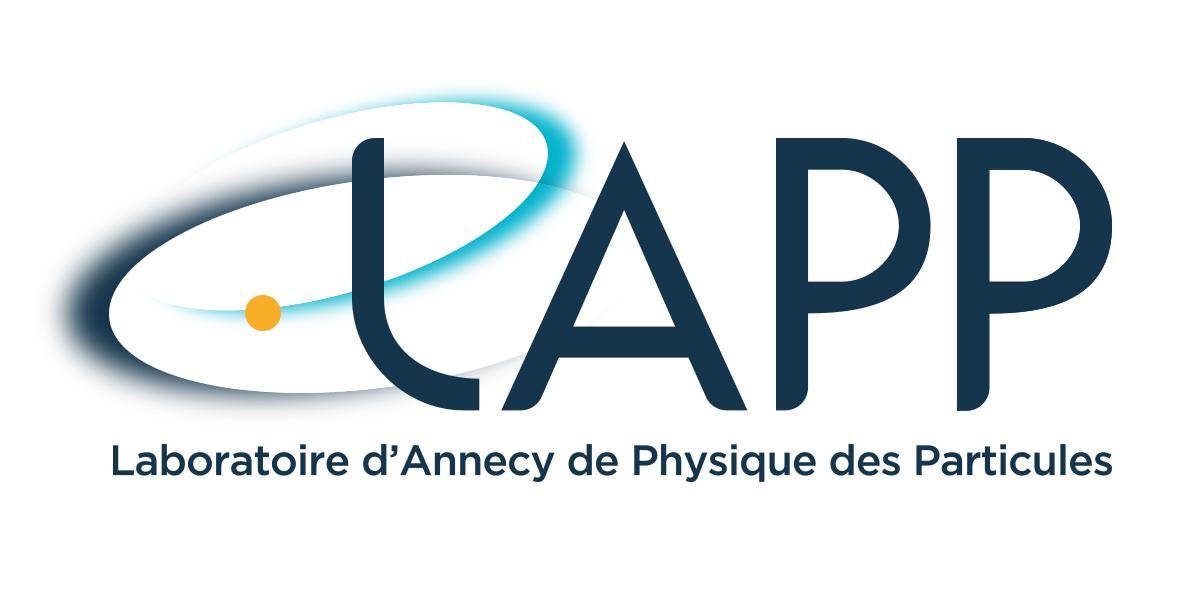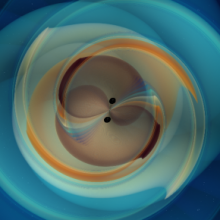New populations of black holes revealed by gravitational waves
GW190521 is the name of the signal recorded on 21 May 2019 by the LIGO and Virgo instruments.
Its particularity: having been created by the fusion of the two most massive black holes detected to date. This fusion took place 17 billion light years from the Earth, releasing colossal energy in the form of a gravitational wave and creating a final black hole 142 times the mass of the Sun.
These two very massive black holes, 65 and 85 times the mass of the Sun, raise many questions because, according to current models, the gravitational collapse of a star cannot form black holes between 60 and 120 solar masses. “Providing answers that challenge theoretical models is one of the great joys of experimental physics. Among the many detections of the O3 data taken by LIGO and Virgo between April 2019 and March 2020, these two very massive black holes are one of the most beautiful pearls in our collection,” says Didier Verkindt, a CNRS researcher with the Virgo-LAPP team.
This discovery is the result of a gravitational wave detection carried out jointly by the LIGO and Virgo interferometers. The LAPP team is involved in every aspect of every detection carried out by Virgo, from detection optics to online analysis, including detector calibration and background noise reduction. Each of these elements of a detection calls on the optical, electronic, mechanical or computer skills of the laboratory staff.
Know more:
- CNRS Press Release: https://www.cnrs.fr/fr/de-nouvelles-populations-de-trous-noirs-revelees-par-les-ondes-gravitationnelles
- GW190521: A Binary Black Hole Merger with a Total Mass of 150Mʘ, The LIGO Scientific Collaboration and the Virgo Collaboration, Physical Review Letters, 2 septembre 2020. DOI : 10.1103/PhysRevLett.125.101102
- Properties and astrophysical implications of the 150Mʘ binary black hole merger GW190521, The LIGO Scientific Collaboration and the Virgo Collaboration, Astrophysical Journal Letters, 2 septembre 2020. DOI : 10.3847/2041-8213/aba493
- In an effort to promote open science, the LIGO-Virgo Collaboration publishes data related to this discovery on: http://www.gw-openscience.org


